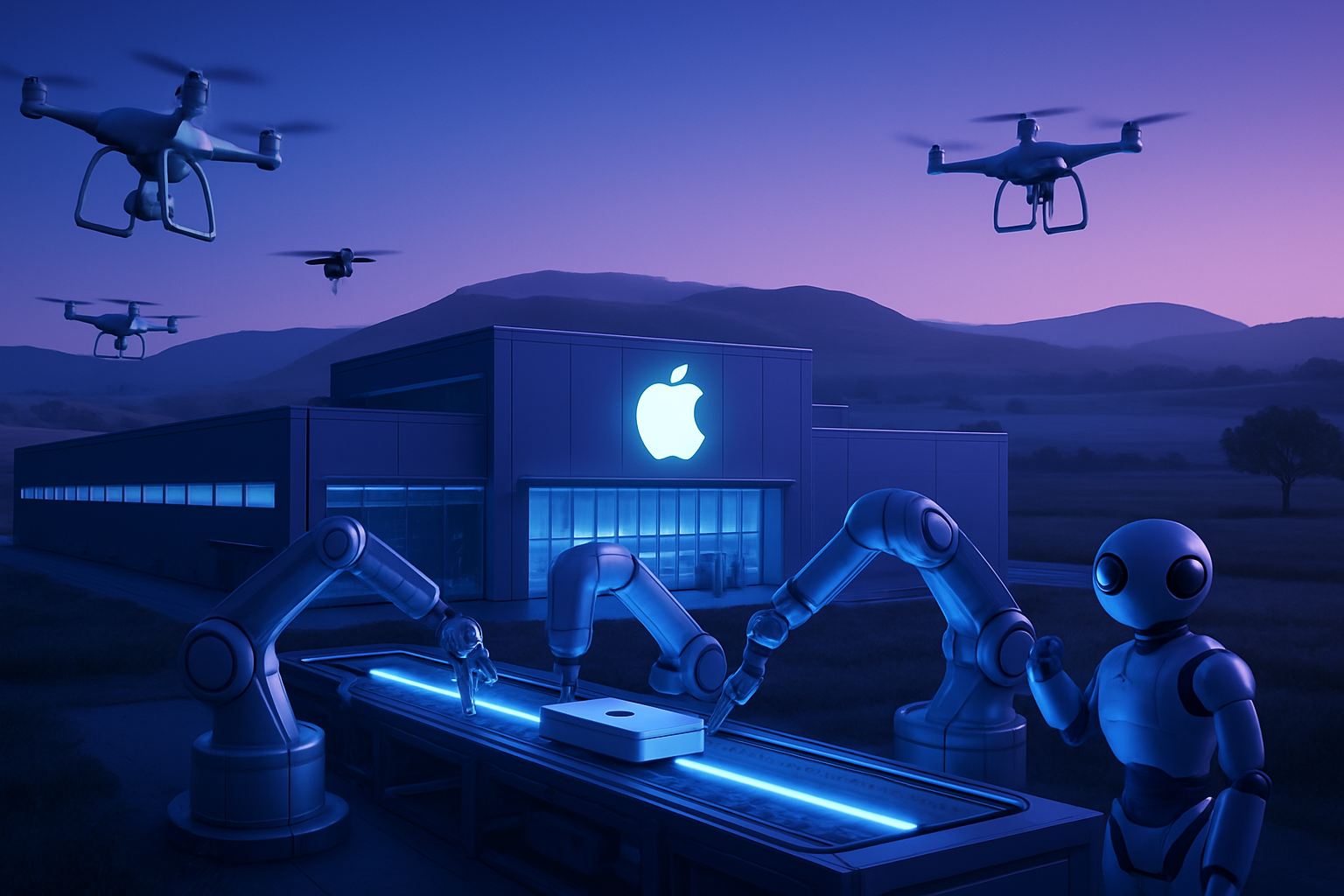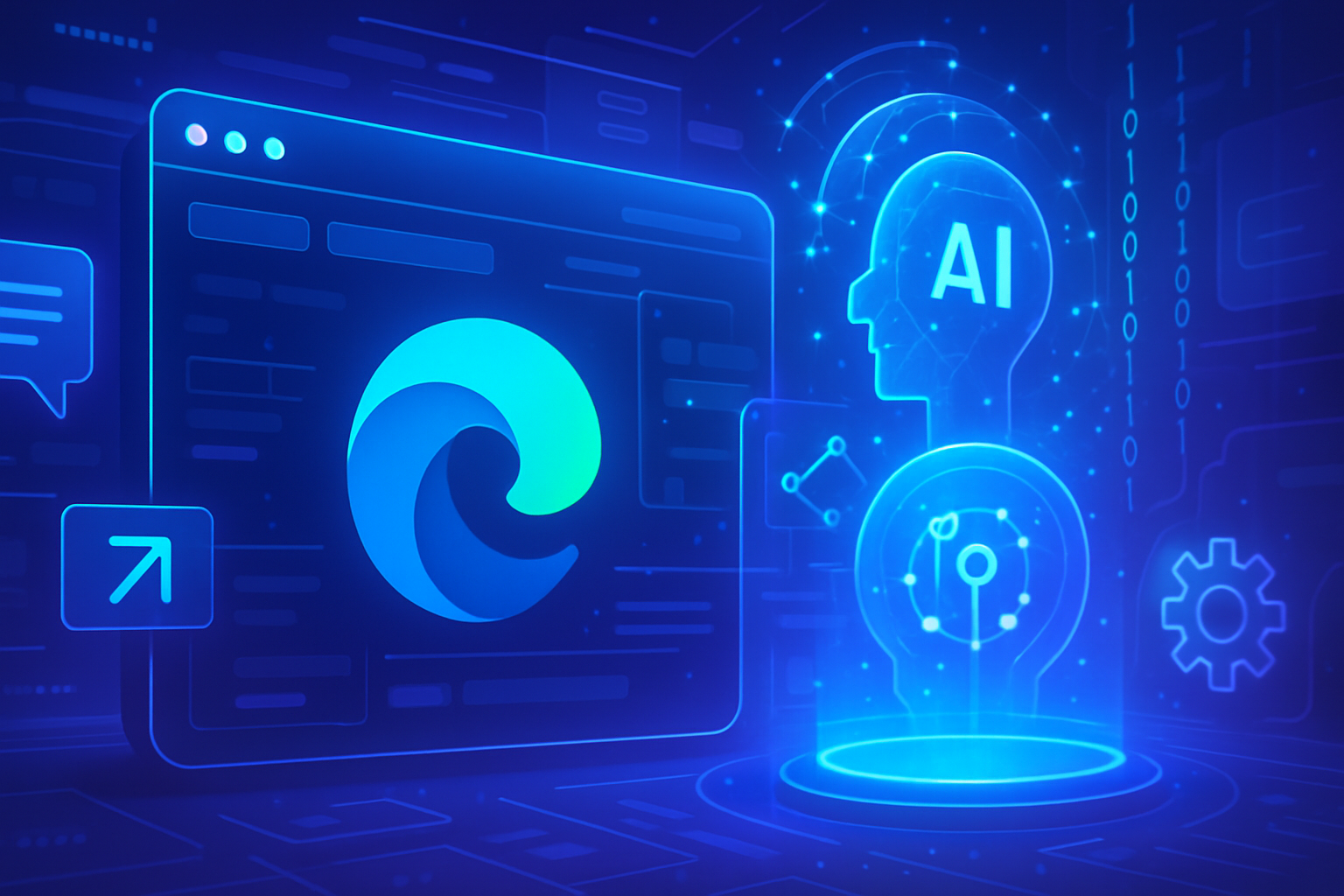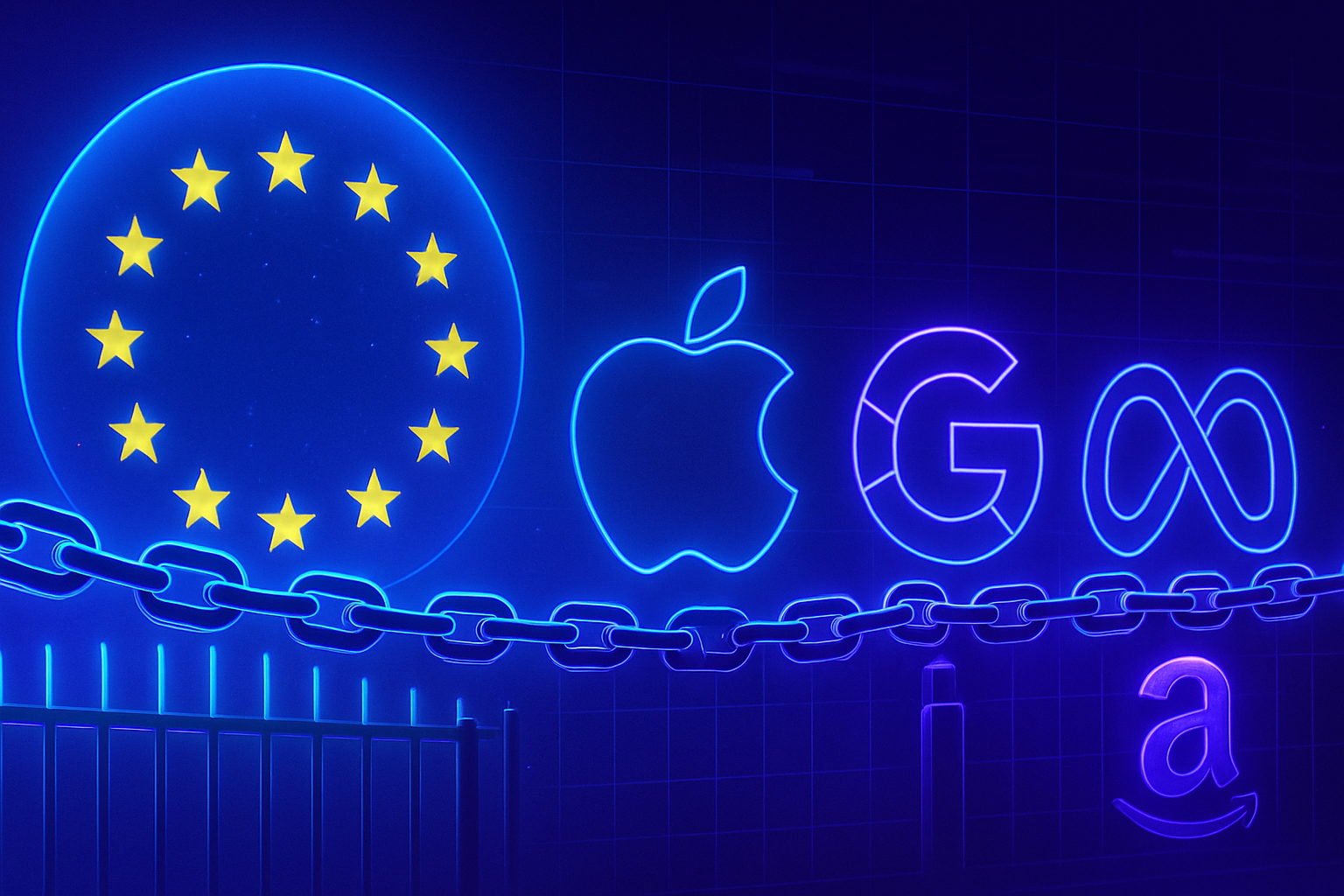Google is deploying its application creator Opal AI in India and 14 other countries, thus revolutionizing the global technology landscape. This bold initiative aims to democratize access to application creation by transforming ideas into applications without the need for technical skills. Users can now generate sophisticated digital tools in simple natural language, providing an unprecedented opportunity for potential innovators. Opal represents a major advancement, reinventing traditional application development methods and elevating creativity to new heights.
Google’s Deployment of Opal AI
Google has recently expanded the reach of its experimental application creation tool, Opal, to fifteen countries, including India, Japan, and Brazil. This deployment follows the initial launch of the platform in the United States last July. Opal users can create web-based mini-applications by simply describing their projects in straightforward terms.
Features and Innovations of Opal
Opal is part of an effort to facilitate application development through artificial intelligence. Users can specify the type of application they desire, while Opal automatically generates the necessary structure, inputs, outputs, and workflows. A visual interface allows each user to adjust elements and share completed applications using a simple link.
Benefits for Application Developers
Several innovative features have been added during this expansion. A new debugging tool offers the ability to test and troubleshoot application workflows step-by-step within the visual editor, while maintaining a no-code approach. Google has also optimized Opal’s performance by reducing generation time and allowing the simultaneous execution of multiple workflow steps for more complex tasks.
Global Accessibility of No-Code Tools
With its presence now extended to countries such as Vietnam, Indonesia, and Argentina, Opal fits into the rapidly expanding sector of no-code artificial intelligence platforms. Like Canva, Figma, or Replit, these tools are revolutionizing the interaction between users and technology by transforming simple textual instructions into usable digital tools.
Future Perspectives for Opal
Google views Opal as an ongoing experiment within its Labs division. This tool could redefine the methods of application design and deployment in the future. Google’s intention is evident in its desire to make application creation as intuitive as possible, akin to having a conversation with an artificial intelligence.
Opal users can easily design innovative applications. The development of no-code tools paves the way for a new era for professionals and creators alike. Google will enhance global access to advanced technological solutions. The possibilities offered by Opal appeal to a diverse audience and promise swift adoption.
For more information, also explore related topics such as battery improvement or efficient machine learning.
User FAQ on Google’s Opal AI Deployment
What is Opal AI, and what does it entail?
Opal AI is an artificial intelligence-based application creation tool developed by Google that allows users to design web mini-applications by simply describing their ideas.
In which countries is Opal AI now available?
Opal AI is now accessible in 15 countries, including India, Japan, Brazil, South Korea, and Canada.
What are the main features of Opal AI?
The key features of Opal include automatic application generation, a visual editor for adjusting elements, and a sharing system for applications via a link.
How can users create applications with Opal?
Users can create applications by simply describing what they wish to develop, and Opal automatically generates the corresponding application.
What recent improvements have been added to Opal AI?
Recent improvements include a new debugging feature and performance optimizations, allowing for reduced generation time and simultaneous execution of multiple workflow steps.
Is Opal AI suitable for people without programming skills?
Yes, Opal AI is designed to be accessible to users without programming skills, facilitating quick creation and testing of ideas.
How does Opal AI compare to other no-code tools on the market?
Opal AI stands out for its ability to transform simple textual instructions into functional applications, just like other no-code platforms such as Canva, Figma, and Replit.
What is Google’s ambition with the launch of Opal AI?
Google aims to make application development more accessible to everyone, whether they are technical or not, by enabling users to turn their ideas into applications without traditional coding.






